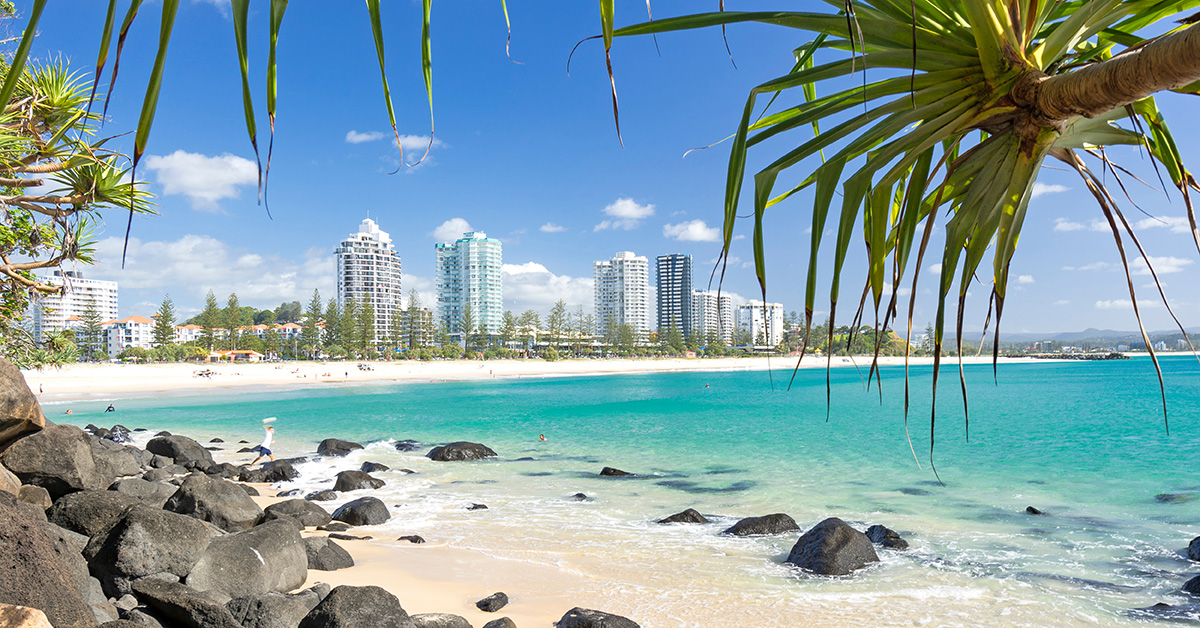Why Regional Markets Will Be On Buyers’ Radar in 2020

Despite recent price declines, median prices across Sydney and Melbourne continue to remain elevated when compared to other capital cities and regional centres. And with prices in our two largest cities continuing to rise, 2020 should be the year that sees the migration to regional areas accelerate once again.
More and more first time buyers, young families and retirees will rule out purchasing in a capital city. Instead, they will seize the opportunity to move into regional markets which provide a similar lifestyle to their preferred capital city, but at a more affordable price.
Buyers want the same lifestyle but less mortgage pressure
Looking beyond the city limits, therefore, becomes a serious option for buyers wanting to get more for their money. They want to find a location where they can enjoy the same lifestyle, without the mortgage pressure that comes with buying in a capital city. By making a move to a regional area, these households will allow themselves to purchase a home without sacrificing their standard of living comfortably.
Someone living in Cronulla (Sydney) for example, where the median house price now reaches $1,905,000, could look into buying in the Wollongong area, where the median house price is almost three times cheaper, at $678,000 (Source: Realestate.com.au).
The same way, whether work would be a barrier or not, a move to the Gold Coast or the Sunshine Coast could also make sense. These regions offer the same beachside lifestyle, but with a median house price of respectively $627,500 and $600,000.
Better commutes to make regional markets even more attractive
Of course, changes in the way we live contributed to an acceleration of the regional rush, starting with the increased flexibility and digitalisation of the workplace. With more and more companies offering flexible work arrangements such as part-time opportunities, flexible hours or the option to work from home, one of the main barriers to moving out of the city has now faded away.
Additionally, commutes will significantly improve in the coming years. With its 2019/20 Federal Budget allocating $100 billions to infrastructure over ten years, the Australian Government showed its intention to better connect major capital cities with surrounding regional centres. Spending will focus on several fast rail projects, road safety initiatives and highway upgrades, with the biggest beneficiary being regional Australia.
Geelong, for example, will benefit from the upgrade of Avalon Airport, as well as the $2 billion super-fast rail line to Melbourne. Similar developments will significantly improve commute times between Brisbane and the Gold Coast (32 minutes, instead of 74 today), Brisbane and the Sunshine Coast, Sydney and Wollongong or Sydney and Newcastle. Even if these projects will take a few years to come to life, they already contribute to making regional areas even more attractive.
What’s in store for 2022 on the real estate market? We identified the main trends for the coming year. Download our 2022 Real Estate Trends white paper to find out more more.
DISCLAIMER - The information provided is for guidance and informational purposes only and does not replace independent business, legal and financial advice which we strongly recommend. Whilst the information is considered true and correct at the date of publication, changes in circumstances after the time of publication may impact the accuracy of the information provided. LJ Hooker will not accept responsibility or liability for any reliance on the blog information, including but not limited to, the accuracy, currency or completeness of any information or links.
Share


